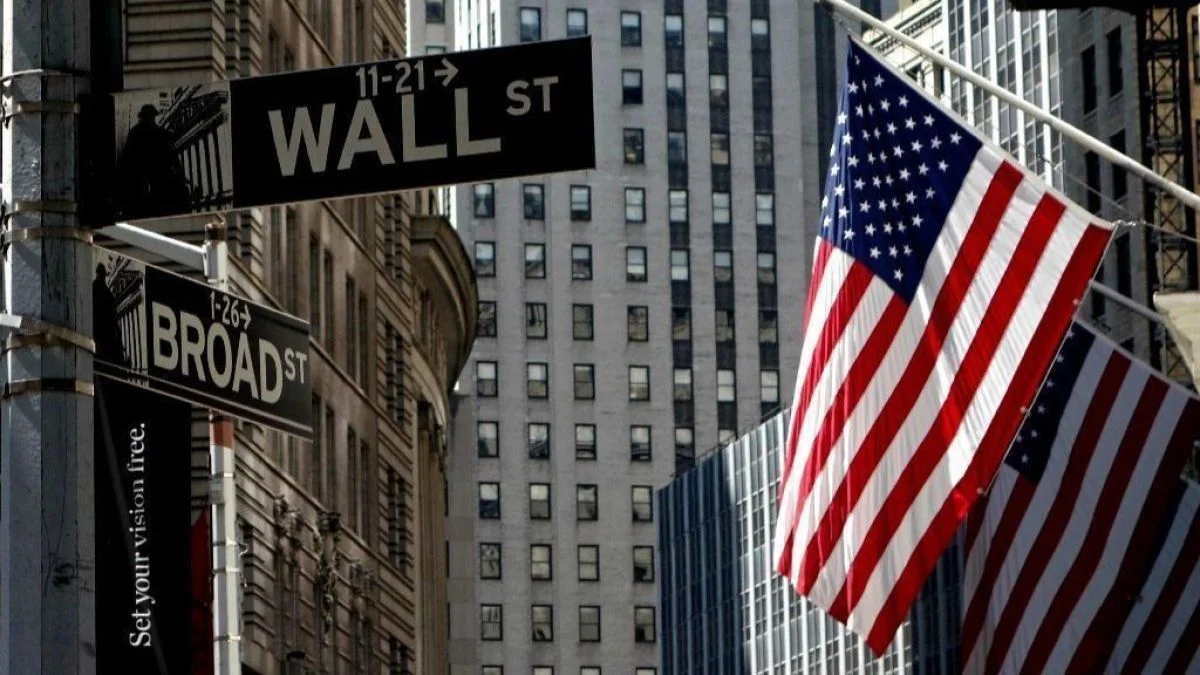As perverse as it may seem, markets can indeed rise amid a sobering week for the nation.
Read MoreJob creation continued to slow in November, as COVID-19 surged throughout the nation. Evidently, stock investors didn’t hear the alarm, as equities went up.
Read MoreIn a week, the U.S. economy will celebrate its longest expansion on record (or at least since records were first kept in the 1850's). As of July, there will have been 121 consecutive months of growth, surpassing the 120 months of the technology boom of the nineties. (As a frame of reference, the average expansion lasts 58 months)
Read MoreThe Labor Department reported that the economy added 157,000 jobs in July, a bit lower than the expected 190,000. But with the upward revision of 59,000 to the two previous months, this year’s average monthly job creation is 215,000 -- that’s ahead of last year’s 184,000 per month and better than the 2016 - 2017 pace of about 185,000.
Read MoreThe unemployment rate edged down to 3.9 percent in April, the lowest level since December 2000. To put that into perspective, the top song in the U.S. that month was “Independent Woman, Pt 1” by Destiny’s Child, long before Beyoncé Knowles was known as “Queen Bey” or had a “Beyhive” with millions of followers! But I digress. According to the New York Times, “In the last 60 years, there has been only one sustained period where unemployment stayed below 4 percent: the late 1960s.”
Read MoreThe better than expected June jobs report and Federal Reserve Chair Janet Yellen’s upcoming Congressional testimony is a good opportunity to review where the U.S. economy stands at the mid point of 2017. Economic Growth: The broadest measure of economic growth is Gross Domestic Product (GDP). Over the past fifty years or so, the economy has grown by 3 percent annually. In the past decade, that rate has dropped to about 2 percent, with 2015 being the best year (+2.6 percent) and 2009 the worst year (-2.8 percent).
Read MoreWith the labor market slowing down, will the Federal Reserve raise interest rates at its next policy meeting in two weeks? That was the big question after the Labor Department reported that the economy added a disappointing 138,000 jobs in May, worse than the 185,000 analysts had expected. Additionally, the previous two months were revised lower by 66,000, putting the three month average at just 121,000. In the first five months of 2017, the economy has seen average monthly job creation of 162,000, down from 189,000 in 2016, and 226,000 in 2015.
Read MoreForget job creation, tax cuts and returning any sector back to its glory days. After running into (read: stalking) former Federal Reserve Chair Ben S. Bernanke in the CBS This Morning Green Room last week, he reminded me that the REAL key to boosting economic growth and more importantly, your living standard, is labor productivity. The reason is easy to understand: “In the long run, what we can consume as a nation is closely tied to how much we can produce,” wrote Bernanke more than a decade ago.
Read MoreAlthough it may seem like a lame excuse, stormy weather in March, which followed mild conditions in February, caused job creation to slump in March. The economy added a lower than expected 98,000 jobs and the number of Americans who were not at work due to bad weather was 195,000 in this report, 55,000 more than the historic number of 140,000. Adding back those employees, the reading was 153,000, somewhat weaker than the 175,000 expected, but well within the general range.
Read More








